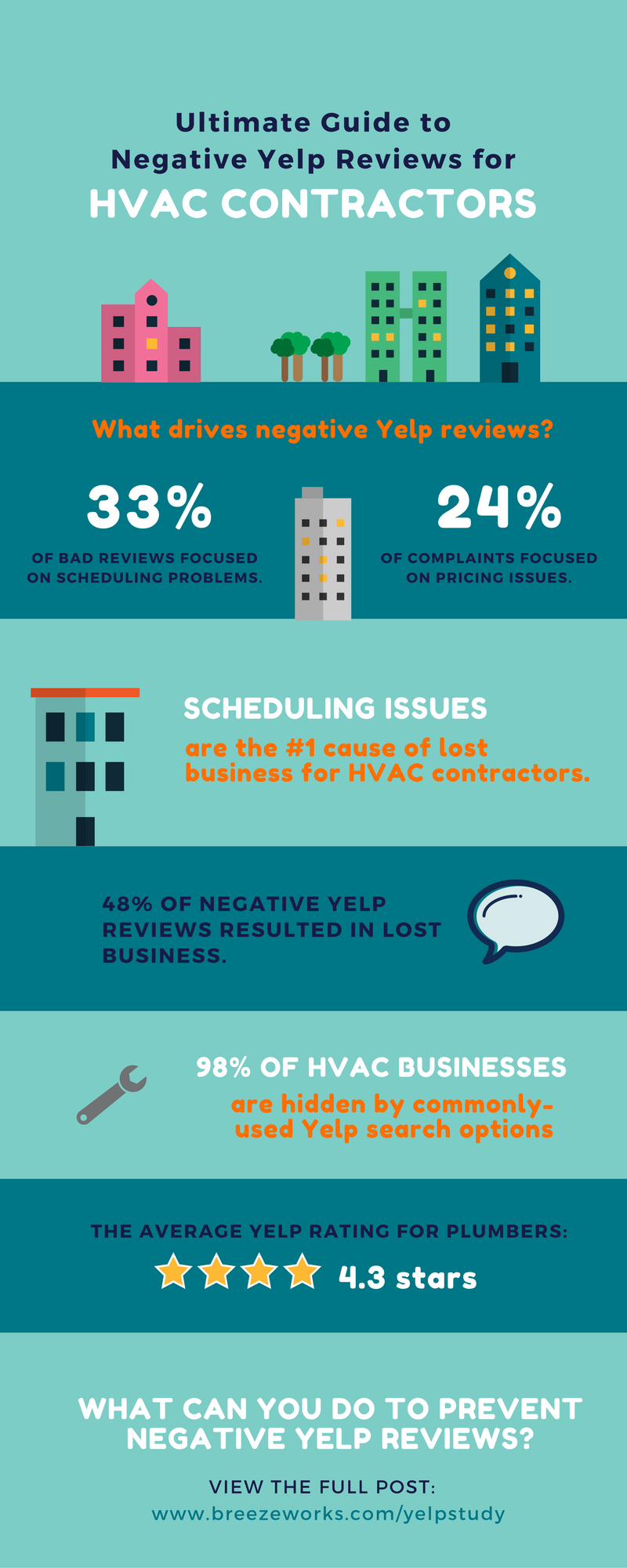Understand Exactly How To Maximize The Performance And Durability Of Your Heat Pump System By Sidestepping Regular Installment Pitfalls
Understand Exactly How To Maximize The Performance And Durability Of Your Heat Pump System By Sidestepping Regular Installment Pitfalls
Blog Article
Writer-Stuart Sparks
When mounting a heatpump, you should stay away from typical mistakes that can endanger its efficiency. Forgeting proper sizing may lead to inadequacies and greater energy costs. Overlooking insulation and securing can lead to energy waste and stress on the system. Additionally, positioning the outdoor unit incorrectly may affect its performance. By avoiding these errors, you can make certain optimum operating and longevity of your heat pump system.
Improper Sizing of Heat Pump
When it comes to the installation of heatpump, among the most common blunders is incorrectly sizing the system for your space. Making sure the right size is essential for optimum efficiency. If how much to install a heat pump nz is as well little, it will certainly have a hard time to warmth or cool your space effectively, causing increased energy bills and possible deterioration on the system.
On the other hand, if the heat pump is also large, it will certainly cycle on and off frequently, creating temperature level fluctuations and minimizing its life expectancy.
To prevent this blunder, it's important to have an expert analyze your room and advise the ideal size of the heat pump based on variables like square footage, insulation, ceiling height, and neighborhood environment. By investing heatpump cleaning christchurch and effort to guarantee the correct sizing, you can take pleasure in a comfortable environment while making best use of energy effectiveness and lengthening the life expectancy of your heatpump.
Inadequate Insulation and Sealing
To make certain the reliable procedure of your heat pump, it's critical to address insufficient insulation and sealing in your area. Proper insulation aids preserve a regular temperature indoors, decreasing the workload on your heat pump. Insufficient insulation can lead to energy loss, making your heat pump work harder and less efficiently.
Sealing any kind of gaps or leaks in your room is equally vital. These spaces permit conditioned air to get away and exterior air to permeate in, forcing your heatpump to compensate for the temperature level fluctuations.
Wrong Placement of Outdoor Unit
Attending to the placement of your heatpump's outdoor device is essential to optimizing its performance. Installing the exterior system in an incorrect area can bring about performance problems and potential damage to the device.
One usual mistake to stay clear of is positioning the outdoor system also close to a wall or various other frameworks. This can restrict airflow, causing the unit to function more challenging to warm or cool your space, ultimately decreasing its efficiency and life-span.
An additional mistake to steer clear of is placing the outdoor unit in straight sunlight. While some sunshine is inevitable, excessive exposure can lead to overheating, specifically throughout hot summer days. It's best to place the outside system in a shaded area to help preserve its optimal operating temperature level.
Moreover, make d c installations that the outside device is placed on a stable and degree surface. Uneven ground can cause resonances and unneeded pressure on the unit, influencing its efficiency with time.
Verdict
To conclude, preventing common mistakes throughout heatpump installment is necessary for making the most of effectiveness and long life of your system. By ensuring correct sizing, ample insulation, securing, and proper positioning of the outdoor device, you can avoid problems such as inefficiencies, raised power expenses, and stress on the unit. Making Suggested Browsing to address these crucial factors will inevitably save you time and money over time.
